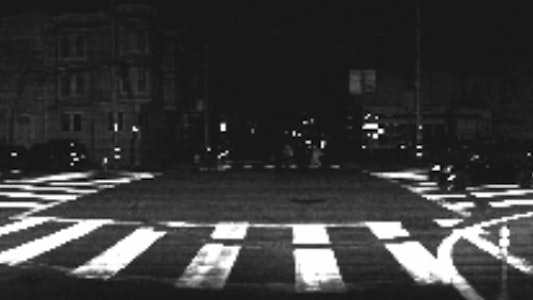On-demand Webinar
Digital lidar sensors and analog lidar sensors may look similar on the exterior, but inside the two technologies are fundamentally different approaches, with big implications for cost, reliability, resolution, and headroom for future performance improvement. Join us to learn about these differences, and why digital technology is the future of lidar.
Digital technology dominates industries, and lidar is next. This cycle has played out in many industries, from the original Intel CPUs, to the camera and smartphone industries. With the introduction of digital technology, the lidar industry is undergoing the same transition away from legacy analog technology. Listen in to learn about how digital lidar is transforming the industry and what it means for the future.
It took almost 15 years for analog lidar to advance from 64 channels of resolution to 128 channels of resolution—it took digital lidar 15 months. The lidar industry is undergoing a digital transformation that is reducing cost, improving reliability and increasing resolution. Tune in to our webinar to learn the details about analog and digital lidar architectures and why the future will be digital.
